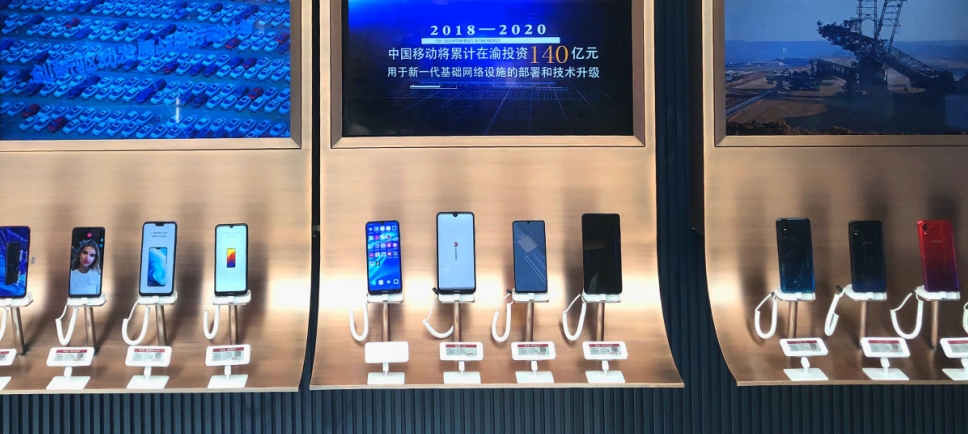In recent years, ESL displays (Electronic Shelf Labels) have become an essential tool in the retail industry.

ESL display provides real-time information on product names, prices, and inventory through LED screens, offering convenience to consumers and a precise marketing tool for retailers.
The technology behind ESL price tags has reached an impressive level of advancement, with significant improvements in display quality, durability, and programmability.
Firstly, in terms of display quality, current ESL displays can now showcase high-definition images with vibrant colors and high contrast, almost mimicking the appearance of traditional paper labels.
Secondly, in terms of durability, ESL price tags are specially designed to function in a variety of environments, including extreme conditions like high temperatures, freezing conditions, humidity, and even prolonged exposure to direct sunlight and rain.
Additionally, programmability is another major advantage of ESL displays. Retailers can easily update the information on the tags through a centralized system, eliminating the need for manual intervention.

The use of electronic pricing labels is widespread, covering nearly all retail scenarios. They can be found in stores, supermarkets, electronics display cabinets, bookstores, and more.
Their primary uses include:
Information Display: The main function of ESL displays is to show product prices, stock levels, production dates, expiration dates, and other relevant information for consumers to easily access.
Precision Marketing: Retailers can analyze backend data and target specific products for precise marketing campaigns. For instance, they can apply discounts to hot-selling products or provide alerts for soon-to-expire items.
Interactive Experience: Modern ESL price tags are not limited to text and images; they can also play videos, offering consumers a more dynamic shopping experience.
Space Management: For retailers, ESL displays help optimize space management. For example, they can place ESL tags near checkout counters, allowing consumers to quickly verify price information while shopping.
As technology continues to evolve, the applications of ESL price tags will expand further. In the future, we may see more personalized ESL displays that dynamically adjust based on product types, inventory levels, and consumer behavior. Additionally, the connectivity features of ESL price tags will see further development. Retailers will be able to monitor sales in real-time through cloud-based systems, adjust inventory, and improve operational efficiency. Moreover, the durability and maintainability of ESL displays will also see improvements. While today’s ESL tags can withstand various conditions, future iterations may become even more robust and easier to maintain, meeting the growing needs of the retail industry.
Overall, the prospects for ESL displays in retail are bright. Both consumers and retailers benefit from the convenience they provide. With the ongoing advancements in technology, ESL price tags are set to play an even more critical role in the future of retail.